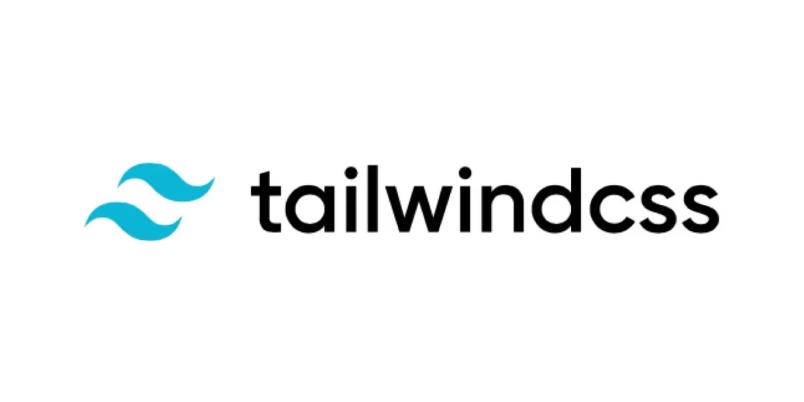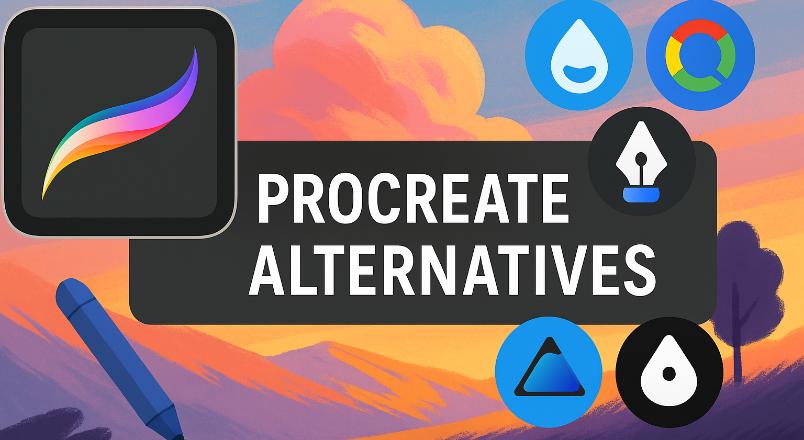In recent years, Tailwind CSS has emerged as one of the most influential and polarizing tools in front-end development. Released in 2017 by Adam Wathan and his team, this utility-first CSS framework has challenged traditional CSS methodologies and gained widespread adoption among developers. This article explores what makes Tailwind CSS unique, its advantages and disadvantages, and why it has become such a dominant force in modern web development.
What is Tailwind CSS?
Tailwind CSS is a utility-first CSS framework that allows developers to build custom designs without leaving their HTML. Unlike traditional component-based frameworks like Bootstrap or Foundation, Tailwind doesn’t provide pre-designed components. Instead, it offers low-level utility classes that let you build completely custom designs without writing CSS.
1. Bootstrap
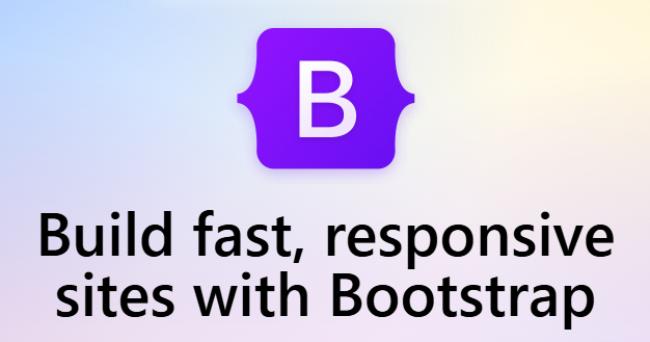
Bootstrap is one of the most popular CSS frameworks that provides pre-designed components and a responsive grid system. Unlike Tailwind’s utility-first approach, Bootstrap offers ready-to-use components with predefined styles.
2. Bulma
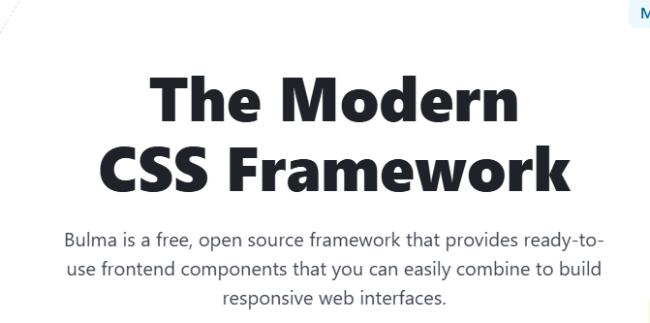
Bulma is a modern CSS framework based on Flexbox. It’s completely class-based like Tailwind but offers a more traditional component-based approach with fewer utility classes.
3. Foundation

Foundation is a responsive front-end framework that provides a solid foundation for designing websites. It offers more semantic class names compared to Tailwind’s utility classes.
4. UIkit
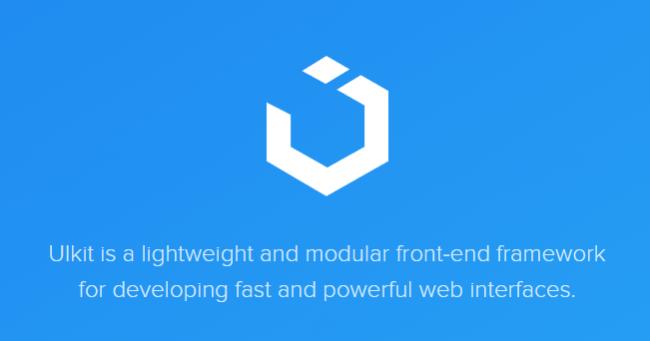
UIkit is a lightweight and modular front-end framework for developing fast and powerful web interfaces. It offers a comprehensive collection of HTML, CSS, and JS components.
5. Chakra UI
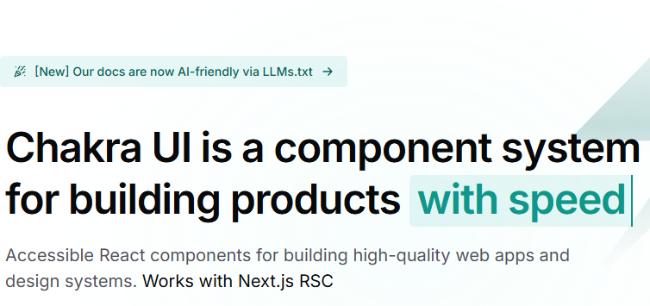
Chakra UI is a simple, modular and accessible component library for React applications with a focus on developer experience.
6. Windi CSS
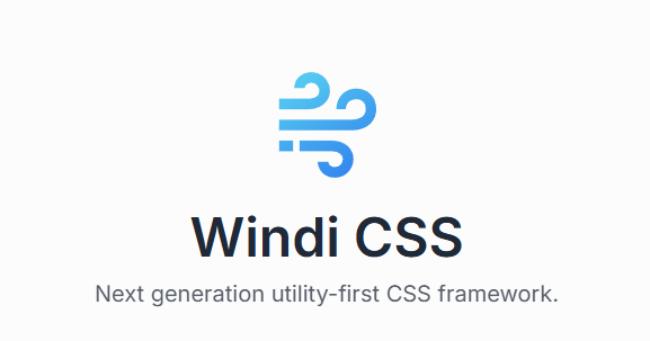
Windi CSS is a utility-first CSS framework that’s very similar to Tailwind but with faster compilation times and on-demand generation.
7. Tachyons
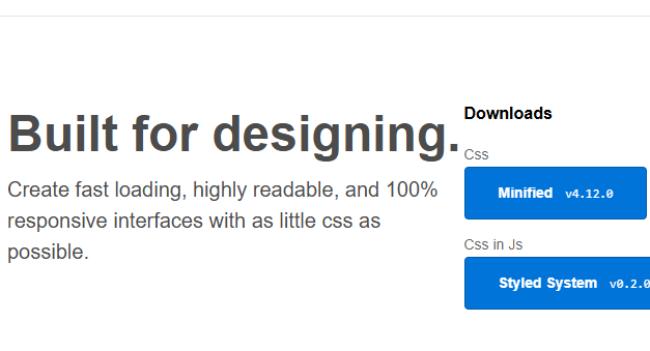
One of the original utility-first CSS frameworks that heavily influenced Tailwind CSS with its atomic CSS approach.
8. PureCSS
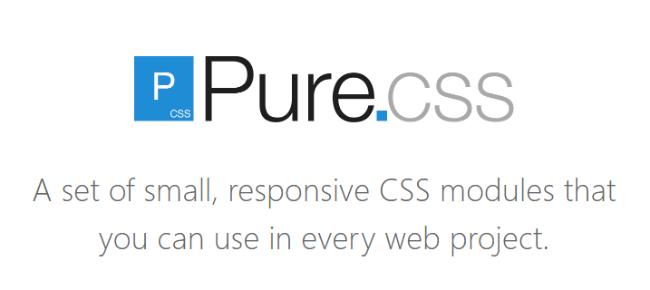
A set of small, responsive CSS modules that you can use in every web project, built by Yahoo.
9. Materialize CSS
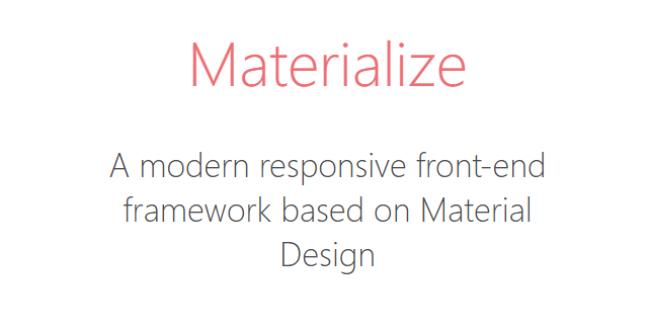
A modern responsive CSS framework based on Material Design by Google.
10. Primer CSS

The CSS framework that powers GitHub’s front-end design with utility classes and components.
Conclusion
Tailwind CSS represents a paradigm shift in web development that prioritizes speed, consistency, and developer experience. While its utility-first approach may not appeal to everyone, its growing popularity indicates that it addresses real pain points in the CSS development workflow.
Whether you’re a Tailwind enthusiast or skeptic, its impact on the front-end development landscape is undeniable. As web development continues to evolve, Tailwind’s influence is likely to be felt for years to come, even as new approaches emerge.
For developers looking to build modern, responsive, and visually consistent interfaces rapidly, Tailwind CSS deserves serious consideration as a tool in their development arsenal.

